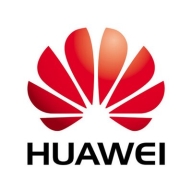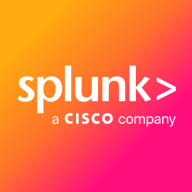

Splunk Observability Cloud and Huawei iBMC provide solutions in IT infrastructure management. Splunk Observability Cloud appears to lead with advanced analytics and real-time monitoring, whereas Huawei iBMC is strong in hardware management.
Features: Splunk Observability Cloud includes robust analytics, real-time alerting, and integration with diverse data sources, optimized for cloud environments. Huawei iBMC offers comprehensive server monitoring, power management, and hardware control, focusing on physical infrastructure.
Ease of Deployment and Customer Service: Splunk Observability Cloud is recognized for easy cloud-based deployment and efficient online support, suitable for dynamic environments. Huawei iBMC, though more complex due to hardware needs, provides strong local support for enterprises, highlighting different organizational priorities with Splunk’s cloud orientation versus Huawei’s hardware-focused support.
Pricing and ROI: Splunk Observability Cloud delivers flexible pricing for scalable cloud operations, often yielding higher ROI through efficient resource use. Huawei iBMC involves upfront hardware costs but realizes substantial long-term savings at the enterprise level, differentiating Splunk's operational expenditure model against Huawei's initial investment with sustained cost-effectiveness.
| Product | Market Share (%) |
|---|---|
| Splunk Observability Cloud | 2.0% |
| Huawei iBMC | 0.3% |
| Other | 97.7% |

| Company Size | Count |
|---|---|
| Small Business | 20 |
| Midsize Enterprise | 10 |
| Large Enterprise | 43 |
The core of server management, iBMC, uses the Hi1710 BMC chip developed by Huawei to provide refined management and control for servers. iBMC adopts multiple innovative technologies and maximizes RAS features — all to improve server reliability, availability, and serviceability.
Splunk Observability Cloud offers sophisticated log searching, data integration, and customizable dashboards. With rapid deployment and ease of use, this cloud service enhances monitoring capabilities across IT infrastructures for comprehensive end-to-end visibility.
Focused on enhancing performance management and security, Splunk Observability Cloud supports environments through its data visualization and analysis tools. Users appreciate its robust application performance monitoring and troubleshooting insights. However, improvements in integrations, interface customization, scalability, and automation are needed. Users find value in its capabilities for infrastructure and network monitoring, as well as log analytics, albeit cost considerations and better documentation are desired. Enhancements in real-time monitoring and network protection are also noted as areas for development.
What are the key features?In industries, Splunk Observability Cloud is implemented for security management by analyzing logs from detection systems, offering real-time alerts and troubleshooting for cloud-native applications. It is leveraged for machine data analysis, improving infrastructure visibility and supporting network and application performance management efforts.
We monitor all IT Infrastructure Monitoring reviews to prevent fraudulent reviews and keep review quality high. We do not post reviews by company employees or direct competitors. We validate each review for authenticity via cross-reference with LinkedIn, and personal follow-up with the reviewer when necessary.